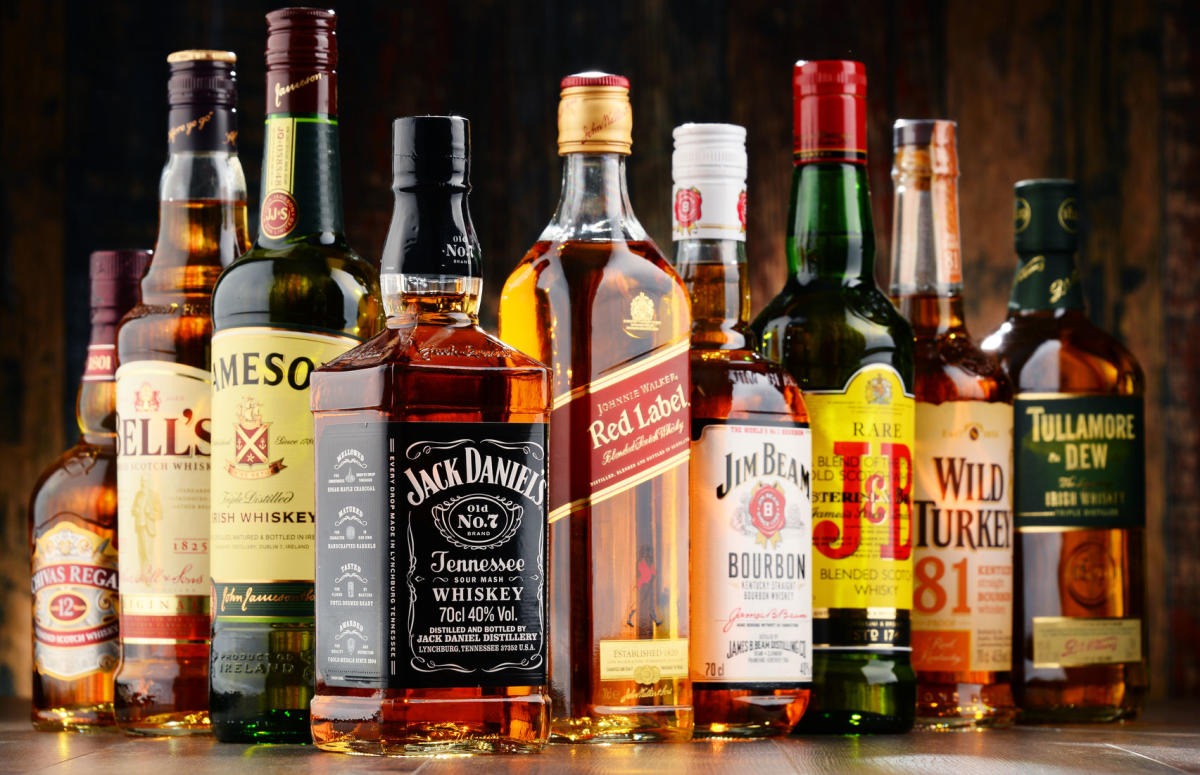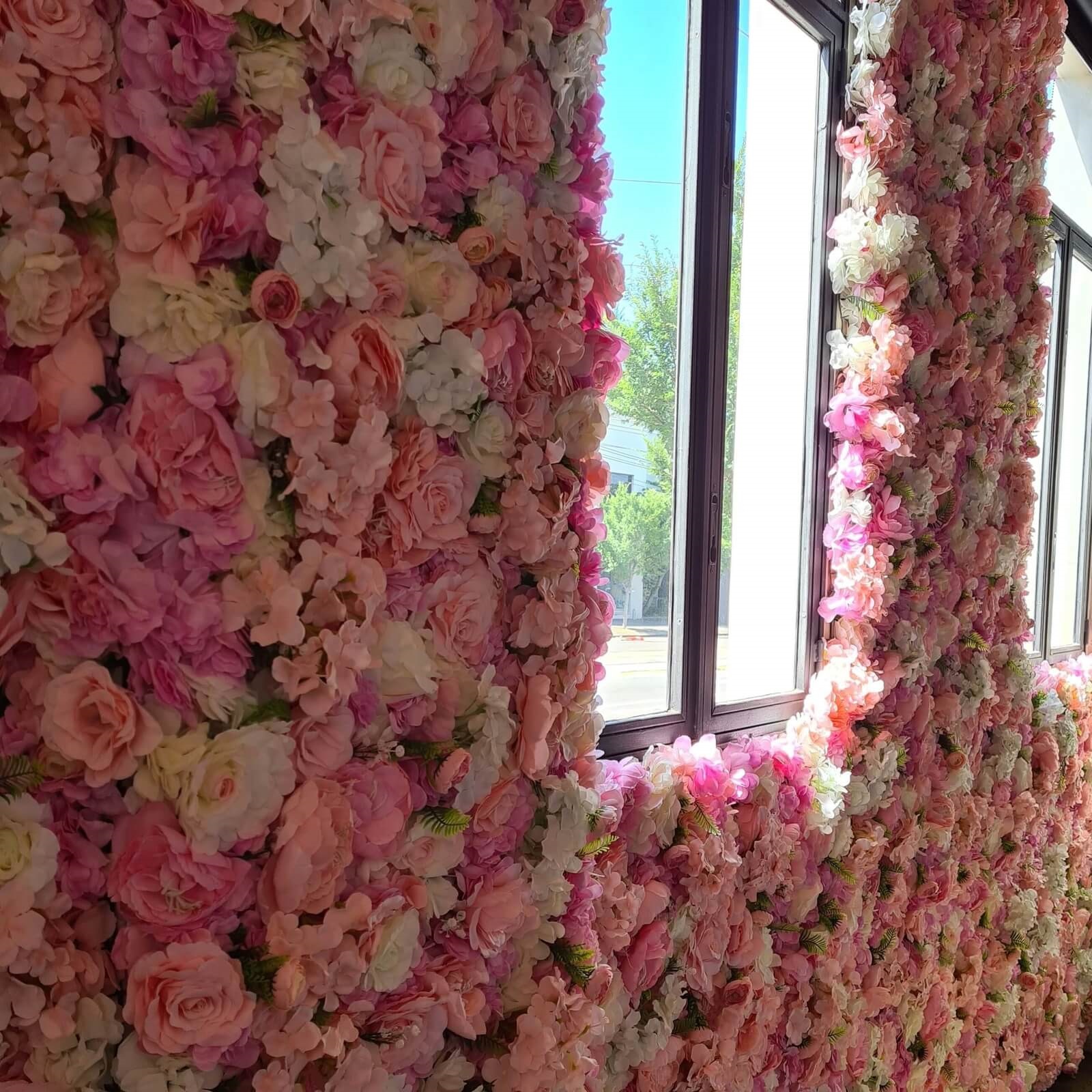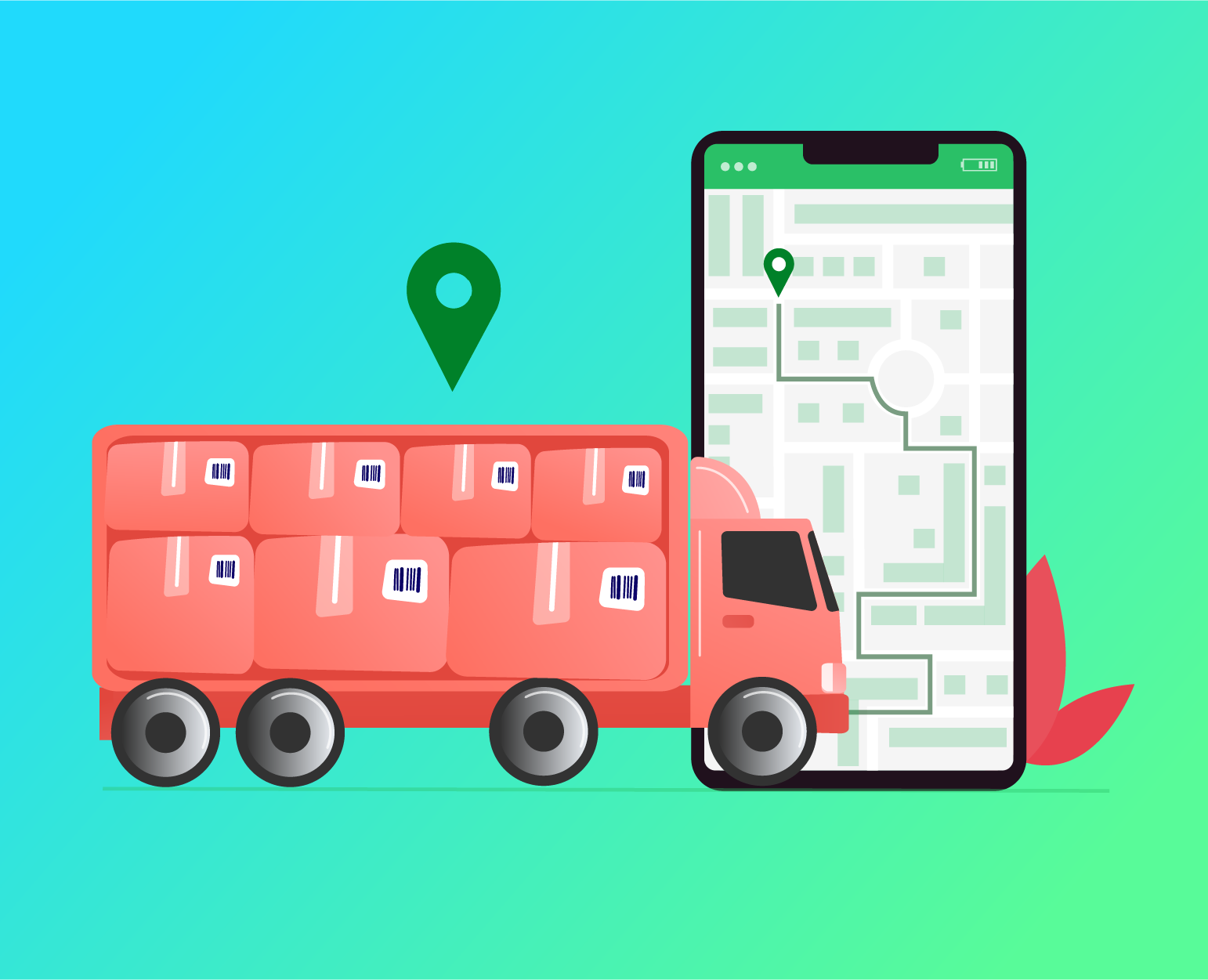
How to Spot Fake Rare Scotch and Protect Your Collection
- Oct 13, 2024
- | 13
Counterfeit alcohol costs the global industry billions of dollars each year. This problem particularly affects collectors and enthusiasts who invest in rare bottles. Whether you are buying or selling rare scotch, it’s essential to know how to identify fakes. Here are some practical tips to protect your collection.
Check the Packaging and Labels
The first step in spotting fake scotch is examining the packaging and labels. Counterfeiters often miss important details, such as font, logos, and overall design quality. Genuine scotch bottles feature high-quality printing with clear text, while counterfeit bottles might have blurry or uneven printing.
Inspect the seals and closures as well. Authentic bottles have tamper-evident seals that are secure and intact. If the seal looks loose or altered, this could indicate a counterfeit. Researching official packaging details can help verify authenticity when buying or selling scotch online.
Verify the Bottle’s Details
Rare scotch usually comes with specific information about its age, distillation, and bottling process. Cross-check this data with reliable sources to ensure consistency. Age statements, batch numbers, and distillery locations should align with official records.
Some brands also offer verification through codes or serial numbers on their websites. Always use this feature when available to confirm a bottle’s authenticity before purchasing or selling rare scotch.
Inspect the Liquid Inside
The liquid’s appearance can also provide clues. Authentic scotch should be clear, with no floating particles or unusual cloudiness. Sediments or a strange color could indicate tampering or improper storage.
Check the fill level, especially in older bottles. A low fill level can be a sign of tampering, especially in newer bottles. These details can help you verify the quality and authenticity of the scotch, protecting you when buying or selling scotch online.
Know the Market Price
If a deal seems too good to be true, it probably is. Familiarize yourself with the market prices of rare scotch bottles to avoid falling for counterfeit bargains. Use reliable pricing guides or consult experts to understand fair values.
For sellers, aligning prices with the market is crucial. Unusually low prices can raise doubts about authenticity and impact your credibility. Understanding market trends helps protect both buyers and sellers from counterfeit risks.
Buy and Sell from Trusted Sources
One of the best ways to avoid counterfeit scotch is to buy and sell from reputable sources. Established retailers, licensed auction houses, and trusted online platforms offer more security than unknown sellers. Check the seller’s reputation, read reviews, and ensure they have a reliable track record.
When selling rare scotch, choose platforms that verify products or have strict selling policies. This approach builds buyer confidence and protects your reputation as a seller.
Seek Expert Verification
If you have doubts about a bottle’s authenticity, seek expert verification. Professional appraisers or scotch specialists can analyze the bottle, label, and liquid. Though there may be a fee, this step is a worthwhile investment to avoid the cost of buying or selling fake rare scotch.
Experts can also help document authenticity, adding value to your collection, especially when selling. This additional verification is essential for maintaining the integrity of your collection.
Takeaways
Spotting fake rare scotch involves careful examination of packaging, liquid quality, and market pricing. Always buy and sell from trusted sources, and seek expert help when needed. Whether buying for personal enjoyment or selling scotch online, these strategies will help you protect your collection and ensure that every bottle is genuine.




